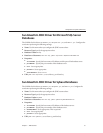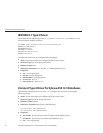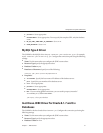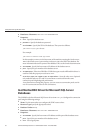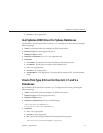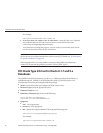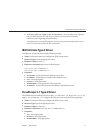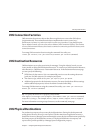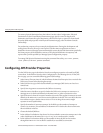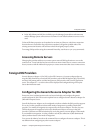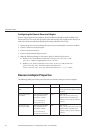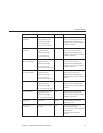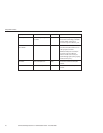
Conguring Java Message Service Resources
The Enterprise Server implements the Java Message Service (JMS) API by integrating the
Message Queue software into the Enterprise Server. For basic JMS API administration tasks, use
the Enterprise Server Admin Console. For advanced tasks, including administering a Message
Queue cluster, use the tools provided in the MQ-as-install/imq/bin directory. For details about
administering Message Queue, see the Message Queue Administration Guide.
This chapter describes how to congure resources for applications that use the Java Message
Service (JMS) API. It contains the following sections:
JMS Resources
The Java Message Service (JMS) API uses two kinds of administered objects:
■
Connection factories, objects that allow an application to create other JMS objects
programmatically
■
Destinations, which serve as the repositories for messages
These objects are created administratively, and how they are created is specic to each
implementation of JMS. In the Enterprise Server, perform the following tasks:
■
Create a connection factory by creating a connection factory resource
■
Create a destination by creating two objects:
■
A physical destination
■
A destination resource that refers to the physical destination
JMS applications use the JNDI API to access the connection factory and destination resources.
A JMS application normally uses at least one connection factory and at least one destination. To
learn what resources to create, study the application or consult with the application developer.
There are three types of connection factories:
■
QueueConnectionFactory objects, used for point-to-point communication
4
CHAPTER 4
63



